Microinjection technology: a legend that spans a hundred years
The rivers and lakes are cold, the blades are cold, and people are broken. Asked about the rivers and lakes in the world, how many awake, a few dreams? After the mad song, the road is far away, the wind is fierce! - Gu Long Time flies, the years go by, it is now 2019 AD, look back 2018, please allow Xiaobian to use the words of Mr. Hualong, the word of Mr. Gu Longyong. 2018, destined to be an extraordinary year, the field of life sciences can be described as sorrows and joys. Previous scientists used single cell separation and single cell sequencing technology to reveal the embryonic development process to assist life science research, followed by the controversial world's first gene Editing the birth of the baby [1] , the pace of science advances consistently beyond the speed of human imagination. In the new year, Xiao Bian sincerely wishes all of you friends to realize their goals in life as soon as possible, and go forward without asking the West! Ok, let's get down to business, today's Xiaobian wants to give everyone a science skill that spans a hundred years - microinjection. I don’t have much to say, let’s start with a set of pictures to remind everyone (Figure 1): Figure 1. History of microinjection development [2] Ha, are the little friends a little surprised? Microinjection is so old! That's right, as you can see, since the first microinjection device was introduced in 1904, microinjection of mouse fertilized eggs, blastocysts, and anterior nuclei has been carried out in vitro, followed by subsequent knockout mice and spirits. The birth of a long animal clone has been around for more than a century. Microinjection and its micromanipulation techniques play a key role in medical concepts and technological breakthroughs. Up to now, at least five breakthroughs related to microinjection have won the Nobel Prize in Physiology or Medicine, as shown in Figure 2. [2] Figure 2. Nobel Prize in Physiology or Medicine Award [2] Speaking of this, presumably friends have already known the development of microinjection technology and its existence has a major impact on scientific research. Let's take a closer look at microinjection technology with Xiaobian! [2] Microinjection technology concept and principle Microinjection is simply a method of directly injecting a foreign gene into a pronuclear embryo or cultured cell using a micro-injection needle with a very thin glass tip, and then recombination and deletion of the host genome sequence. A phenomenon in which a foreign gene is embedded in the chromosome of a host to study the function of the donor or to obtain a transgenic animal. [2-4] Microscopic operating system workstation Microinjection is quite simple. In fact, it is quite high for experimental equipment. It must be equipped with a high-precision micro-engineering system to complete the task. Since it is microinjection, it must be operated under a microscope, so first you need to equip an inverted microscope (Fig. 3A), and you need a micromanipulator made by Leica (Fig. 3a) or Eppendorf (Fig. 3b). (Fig. 3B) Used to connect the Narishige microinjector (Fig. 3C). Of course, these precision equipment must be placed on the shock table (Fig. 3D) in order to avoid the vibration factor to the micromanipulation process to some extent. Negative Effects. [2] Figure 3. Microscopic operating system workstation [2] The micromanipulation needs to be carried out in the microinjection chamber. First, add a drop of mineral oil-coated CZB/H medium (Fig. 4B) to a 60 × 15 mm culture dish (Fig. 4A), and then place the host cells in the droplets. Eyes must be fixed on the microscope head. Next, we must carry out "left and right interlocking". First, pose first, hold the cell with the left hand pipette (Fig. 4C), and hold the injection needle with different outer diameters on the right hand. (Fig. 4D), and then start the injection of foreign matter [2] , the result will be like the figure 5, the human sperm is injected into the egg patina, although this process requires "one heart and two use", Xiaobian believes that as long as repeated practice, fake time , the little friends will definitely do a very good drop~ Figure 4. Microinjection chamber [2] Microinjection technology application 1. Intracytoplasmic single sperm microinjection technique (ICSI) Concept and application Since it is said that this sperm injection in the cytoplasm of the egg, Xiaobian here has a short story about him to tell everyone. It is said that since the early 1990s, the emergence of intracytoplasmic sperm injection (ICSI), the second generation of "test tube baby", has been a sensation in the world. The technique is mainly to inject a single sperm under a microscope. In the egg to achieve the effect of artificial insemination , this "arranged marriage" process can be said to bring great gospel to patients with reproductive defects (Figure 5). This technology then began to expand to other species, including cattle, sheep, horses, rabbits, pigs, mice and so on. [2,6] Figure 5. Human cytoplasmic sperm injection map [3] Limitations of ICSI applications Although ICSI can improve fertilization success rate and increase transgenic efficiency in the early stage. However, scientists have found through a lot of practice that the current application rate is only high at present, and there are some limitations in the application of other models of animal preparation. For example, after the ICSI, the fertilization rate is extremely low [ 2,6] , and mice with post-ICSI, the emergence of late embryonic developmental problems [2,8] . In addition, normal fertilization is a series of processes that require sperm capacitation, displacement, and radioactive crowns and zona pellucida outside the egg. The establishment of ICSI technology is a series of procedures that go beyond the sperm into the egg, and it loses the natural selection process of the sperm on the egg. There is a potential threat to the evolution of the species, coupled with the unnatural nature of the ICSI operation itself. For microinjection requirements, preparation abnormalities may occur in the preparation of transgenic animals, especially model mice [7] . Compared with the rise of CRISPR/Cas9 technology that can be used for genetic editing across species barriers in recent years, it is a little bit better to continue to upgrade! 2. Embryonic stem cell (ESC) blastocyst microinjection At present, embryonic stem cell blastocyst microinjection technology has become more mature. It mainly introduces foreign genes into cultured embryonic stem cells in vitro, and then injects the transgenic embryonic stem cells into animal blastocysts through a micromanipulator (Fig. 6: 2) This embryonic stem cell can participate in the embryonic composition of the host to form a chimera (Fig. 6: 2-3), and obtain a germline chimeric F0 mouse (Fig. 6: 4-5), and then with a small background of the corresponding strain. The mice were crossed until the homozygous mice we needed were obtained (Figure 6: 6). [9] Figure 6. ESC clones based on homologous recombination to generate genomically modified mice [9] 3, CRISPR/Cas9 technology for genetic modification of mice Although microinjection is a very old technology, with the breakthrough of genomic engineering technology, especially the emergence of CRISPR/Cas9 technology in recent years, the genome barrier of precise genome modification has been basically eliminated. The application of microinjection also has A long-term development. The main process of genetically engineered mice by CRISPR/Cas9 technology, as shown in Figure 7, collects mouse fertilized eggs (Fig. 7:1), and directly injects sgRNA and Cas9 mRNA carrying the target fragment into the fertilized egg by microinjection ( Figure 7: 2), after overnight culture, transferred to the oviduct of a surrogate mouse (Fig. 7: 3-4), and then the progeny born can obtain the genetically modified mouse of interest. [2] Under such a god operation, the preparation cycle of genetically modified mice is significantly reduced, and the speed is greatly accelerated. Figure 7. Genetically modified mouse process with CRISPR/Cas9 technology [2] Technological frontier Of course, with the advancement of technology, some scientists are developing a tool based on electric pulse CRISPR-EZ. It is said that a graduate-level researcher with basic embryo manipulation skills can obtain transgenic mice within 6 weeks, [10] There is currently no industrialization. In addition, the use of somatic cell nuclear transfer (SCNT) technology for cloning monkey preparation, the current technical field has not yet landed, there are still many problems to be solved [11] . to sum up The 21st century is the first year of artificial intelligence explosion, and it is also the era of great health and bloom. The emergence of high-throughput nano-operators may further promote the continuous development of microinjection [2] . Xiaobian believes that microinjection technology will undoubtedly be in the future. Will continue to find its unique location. Ok, today, Xiaobian is here for everyone. FIG Orsay one hundred genes have now developed based editing systems C57BL / 6 mouse embryonic stem cells as well as based CRISPR / Cas9 art system independently developed EGE (homologous recombination rate increased 20-fold), may be of a variety of cell lines, the size of the The mouse is genetically modified, the cycle is short, and the preparation efficiency is high. Welcome interested friends to come and inquire! references [1]http:// [2]Liu, Chengyu (EDT)/ Du, Yubin (EDT). Microinjection: Methods and Protocols (Methods in Molecular Biology). Humana Pr Inc.2018 [3]https://en.wikipedia.org/wiki/Microinjection [4]http://protocol.everlab.net/Protocol/ProtocolBrowse/ProtocolBrowse/c86a2c9e-e69b-411e-95e0-204bba7f8655 [5]https://en.wikipedia.org/wiki/Intracytoplasmic_sperm_injection [6]Salamone DF, Canel NG, RodrÃguez MB. Intracytoplasmic sperm injection in domestic and wild mammals.Reproduction. 2017 Dec;154(6):F111-F124. doi: 10.1530/REP-17-0357. Epub 2017 Dec 1. [7]http:// [8] Tang Na, Wang Xiaohong, Liang Xinxin. ICSI causes abnormal methylation of H3K9 in mouse embryonic pronuclei and embryonic developmental delay [J]. Chinese Journal of Andrology. 2013, 19(7) [9] Hicham Bouabe and Klaus Okkenhaug. Gene Targeting in Mice: a Review. Methods Mol Biol. Author manuscript; available in PMC 2015 Aug 5. [10] Andrew J. Modzelewski, Sean Chen, et al. Efficient mouse genome engineering by CRISPR -EZ technology. Nature Protocols. 2018 Jun; 13(6): 1253–1274. [11]http:// Picc Line Cover,Picc Line Sleeve,Picc Line Shower Cover,Picc Line Waterproof Cover Wenzhou Celecare Medical Instruments Co.,Ltd , https://www.celecaremed.com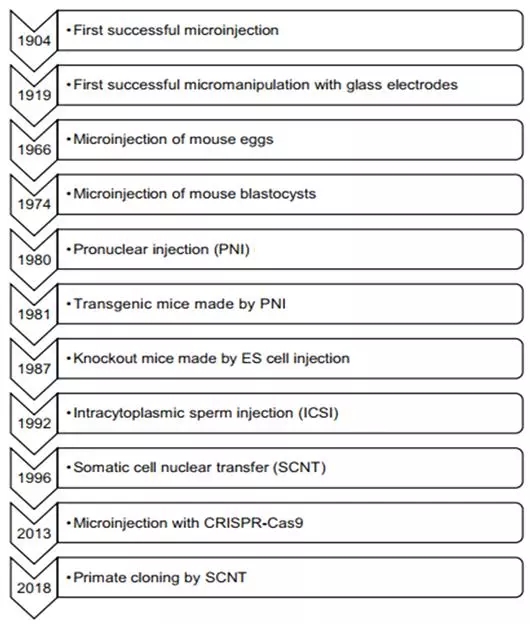

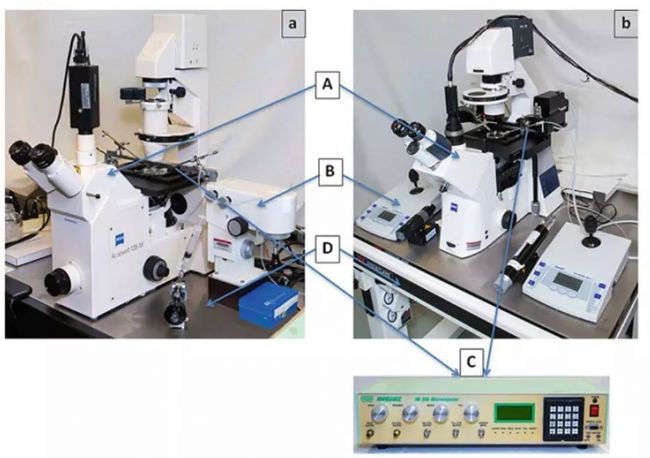
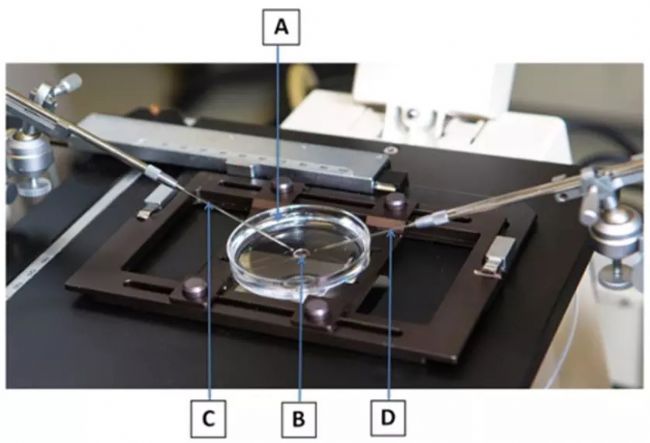
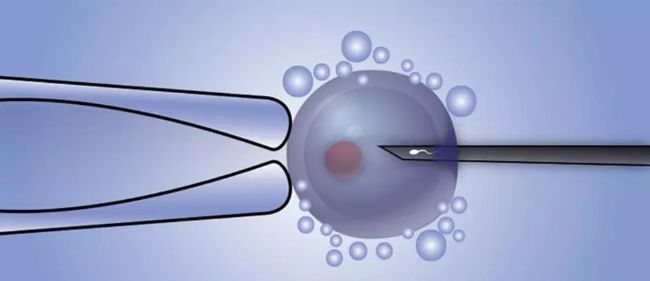
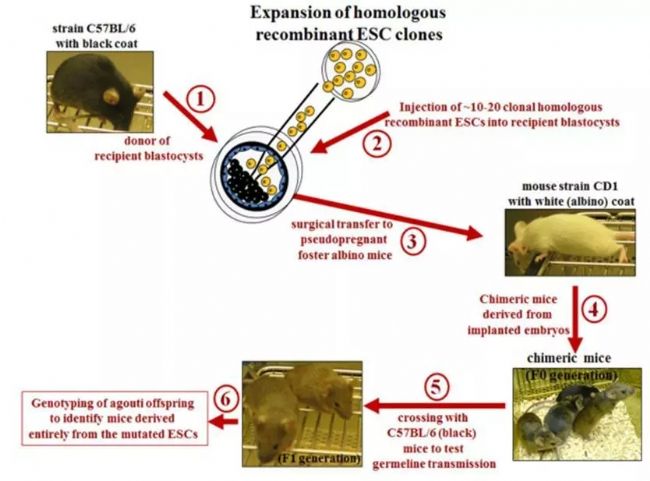
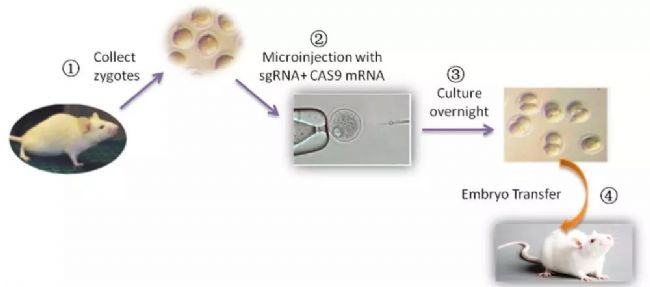

Scan code to pay attention to the 100 Olympics map to learn more about consulting
